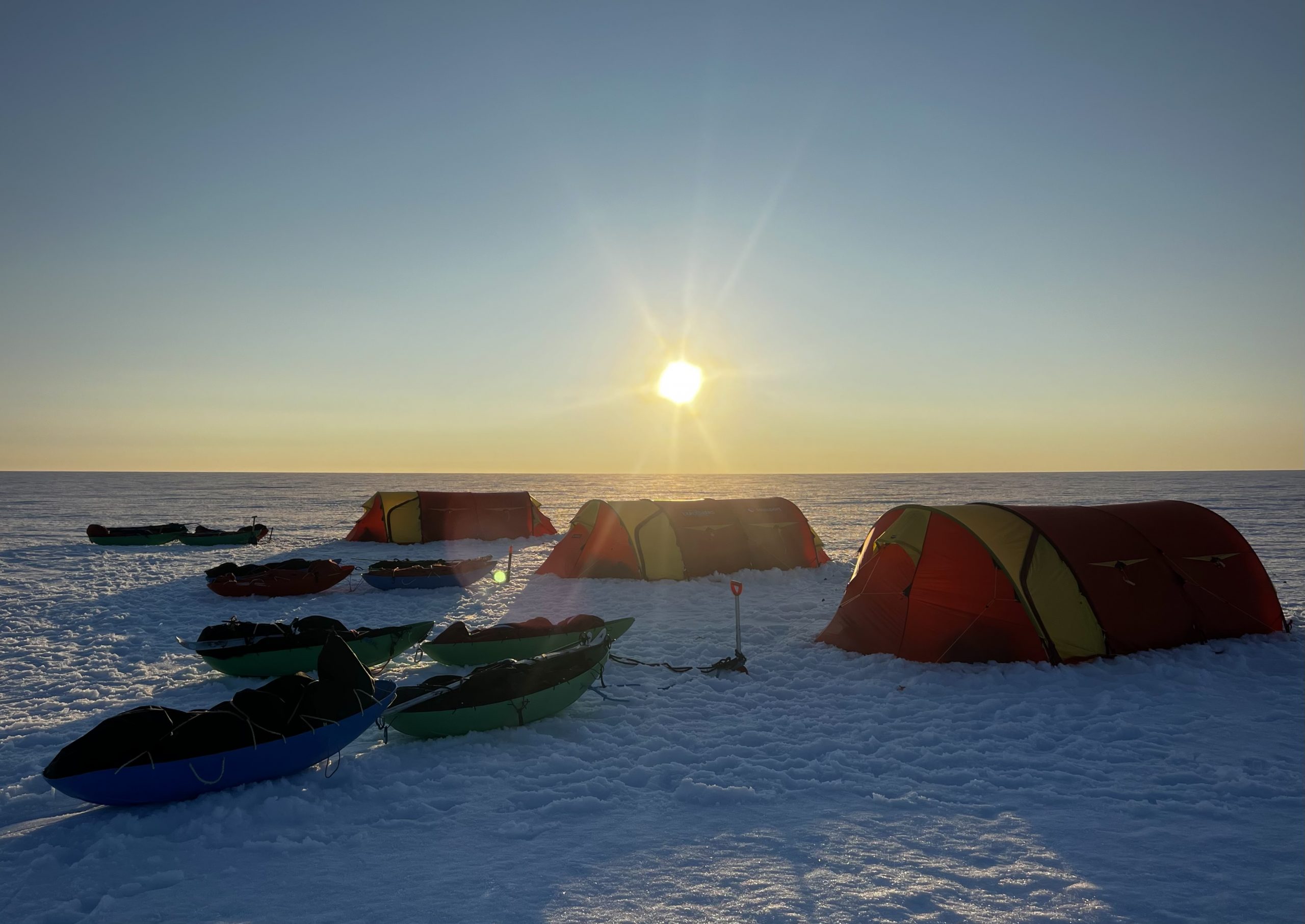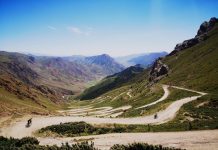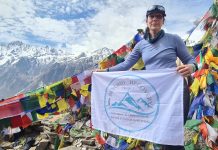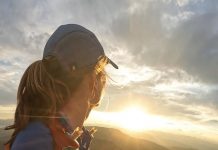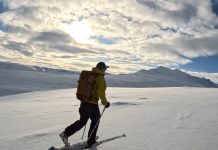This was it, the big one. Well, the big one before the ‘real’ big one! For some, crossing Greenland is a once in a lifetime opportunity. For me, it was necessary training, a big tick on my Polar training CV and a huge, respected milestone if I wanted to fulfil my dream of a solo, unsupported expedition to the South Pole.
When I signed up, I was ready for adventure. I love Geography, nature, and in particular, glaciers, so the thought of crossing the second largest mass of glacial ice on the planet, turned my stomach in to knots of excitement. I was to follow in the footsteps of Nansen, the great Norwegian explorer, and his journey in 1888 to be the first to cross Greenland from the east coast to the west coast.
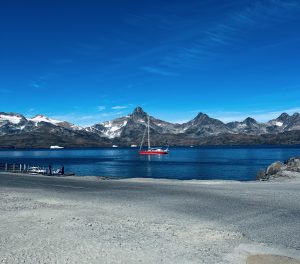
As I read and listened to what was involved, the nerves started to creep in. Just 2 years ago, I’d never set foot in a pair of expedition skis, never hauled a pulk and didn’t have a clue about camping on snow and ice. I knew I’d come a long way in those 2 years, but it’s hard to measure exactly how far and I didn’t want to discover that I had fallen short in the middle of a 700+km trek across an ice sheet.
I started working with Jon and E3 coaching back in May 2022. I knew that I had a good baseline fitness, but when it came to endurance training, I was clueless and really needed some guidance. His track record spoke for itself. He had already trained 2 women to reach their solo, South Pole goals, so I was confident that he knew exactly what it would take to get me prepared, both physically and mentally.
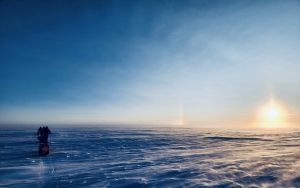
From day one, I was glad that I had been consistent with my training. The first day involved hauling and shuttling around 75kg, the contents of each of our pulks, for nearly 6 hours up the mountain-side to reach the ice. Knowing that I had put the effort in in the months leading up to Greenland gave me confidence; I knew that I couldn’t have been more prepared. I was surprised at how much I looked forward to experiencing the outcome of all those long tyre drags, hill reps, strength work and running that had become my daily routine at home.
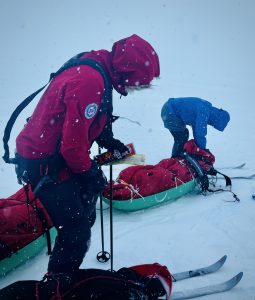
It was the unknowns that worried me. The crossing of Greenland was my longest expedition to date, and I was going to be spending a lot of time with 5 individuals that I was yet to meet. I love to travel alone and enjoy my own space, so how was I going to cope for 5 and a half weeks in a tent with someone that I might not get on with? Would I struggle to get out of my sleeping bag and face the bitter cold day after day after day? Would my body be able to withstand the infamous wind and Greenland weather? And my biggest fear…..what the heck to I do if I see a polar bear?? There was only one way to find out!
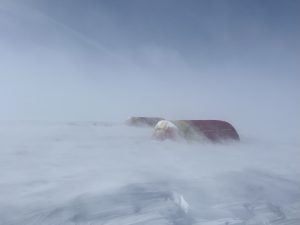
The first 5 days were incredibly hard. The ice sheet reaches an elevation of over 3,000 metres and the ground rises dramatically from sea level. It was slow progress navigating the many crevasses and rivers, searching for the best route whilst hauling a pulk that is bulging with all the food you must eat to sustain such calorie output. It was maximum stress time and my body was wondering what on earth was going on. These were long days and recovery was limited. There was no shower, no cosy bed and no changing in to PJs at the end of the day.
It was a time for celebration when we left the icefall behind us and could finally cover some distance over more favourable terrain. We had already had to detour further north than planned, skirting round an area of bad weather that would have seen us tent-bound early on in the expedition.
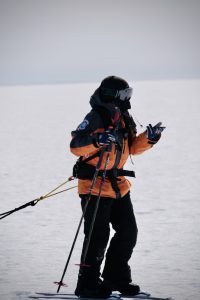
As our bodies adjusted to the physical challenge, we gradually increased the number of hours of skiing. We may not have the crevasses and rivers of the icefall, but we were facing new challenges. Ice began to stick to the base of the pulks which made it feel like you were dragging twice the weight. I first thought that someone had played a practical joke on me and hidden extra items for me to pull. I genuinely had a moment of despair until I realised that I wasn’t the only one having problems.
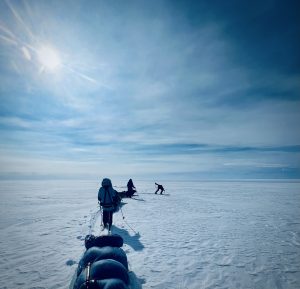
‘Sticky snow’ was another challenge. The terrain would look perfect for a smooth ski, but then you’d discover that that someone had put the brakes on. It would glue itself to our skis, building up in layers until we were finely balanced as if wearing a pair of stilettos. By the time it got to our break, we would be wobbling as we rushed to clean off the snow and ice and apply a generous amount of wax in the hope it might help.
We could only enjoy good weather for so long. Greenland was renowned for its strong winds and the bitter cold. I had mixed feelings. On the one hand I wanted the full experience. This was all part of the training. I didn’t want the first time I battled a storm to be when I was on my own in Antarctica, but on the other hand, I didn’t want anything to impact on the great progress that we were now making across the ice sheet.
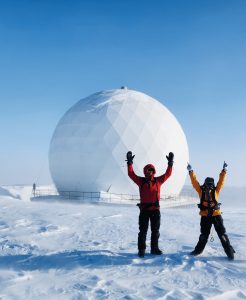
The first storm hit in the evening, so we had been prepared and set up camp a little early. In the morning, when the storm was in full swing, we woke to find that the wind direction had changed, and we would have to brave the elements to turn our tents. It took all 6 of us to move one tent, clinging on to the fabric whilst trying to stay upright. It was impossible to hear each other over the wind, so we really had to work together as a team to coordinate the process….and make sure that all tent pegs were accounted for!
With each new experience, I was learning. My kit was being tested. Clothing, equipment, food…I was forming a list of what worked well and what I needed to buy or change. What I craved to eat whilst on the ice was not necessarily what I would snack on in front of the tv at home. Greenland was helping me to fine tune my preparations for the South Pole and I was enjoying the process.
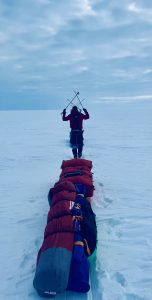
As the expedition progressed, we got up earlier and set up camp later. It would take 2 hours from the alarm going off, to get up, boil water, prepare breakfast and take down camp. We were usually skiing by 8am, some days earlier, and we would put the tents up again around 7:30pm. Sleep would come easily. Instead of feeling weaker as the weeks rolled by, I felt my body become stronger and fitter and once the first hour of the day was over, everything woke up, it knew what was expected and didn’t let me down.
My motivation was challenged when we experienced day after day of white out conditions. The best way of describing this is to say that it was like skiing in a ping pong ball. You couldn’t tell what was snow and what was sky. When I was leading at the front, it would often make me feel dizzy as I tried to navigate and use all my senses to help keep me in a straight line. I longed to see that sun again!
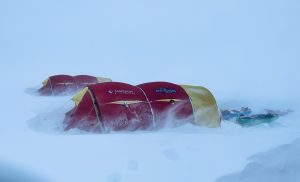
As we faced the icefall on the west coast, visibility didn’t improve for more than an occasional tease. The last thing we wanted to do was work our way across large crevasse fields without being able to see and at the same time, being blasted by strong, bitter winds, but it turned out that we had little choice. We had hoped to complete the expedition in 30 days. We had packed enough food for 34 days. It ended up taking us 39 days. With the rationing of food, we couldn’t afford any more tent days, instead we roped up, said a few prayers, and continuously prodded the snow beneath us for hidden crevasses. It was a slow process and without the ability to build up body heat, I really felt the cold.
The only benefit of such weather was that the snow fall had meant that we could keep the skis on until the very end of the ice sheet and the crampons remained packed away. The sight of land was an incredible feeling. The views of the mountains were combined with the return of the sunshine and after weeks of monotonous terrain the spirit of the group really lifted.
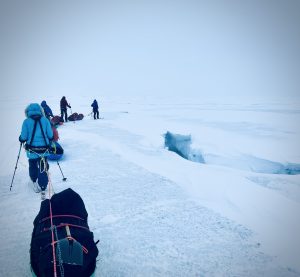
The ice sheet, however, was not going to let us off without one final frustration. It was late in the day as we neared the way-point for our landing, only to discover that instead of land, there was an enormous lake, with no obvious way round. The glacier had retreated a staggering amount and just when we thought we could celebrate, we had to ski back, up and down ice hills until we eventually spotted a place where we could take the skis off and set foot on solid ground. The land isn’t land as such, but mountains of moraine and definitely not terrain that offers a comfortable night’s sleep, so we camped for the final time on the ice.
The following day, we had to search for a new helicopter landing site and pack up all the kit that wasn’t going to be needed for our trek out toward the fjord. We were informed that the helicopter wasn’t going to arrive for another 4 days, so our hope of a food resupply was dashed and we all shared out whatever food we had left and crossed our fingers that we might be able to catch a fish or two in the river on our hike.
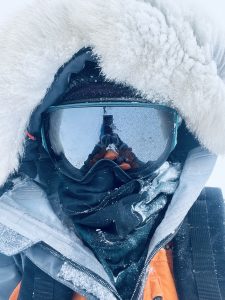
After all the weeks wearing rigid expedition ski boots, our bodies had forgotten how to walk, and our ankles rolled from side to side. I was looking forward to the hike out, but perhaps was unprepared for its difficulty. I love hiking and was expecting a nice river valley treck and a feeling of relief that I had got this far. Whilst there were moments of that, we were very much in a race against time to get to the boat pick up point. The first stages were challenging moraine mountains and river crossings before reaching the valley. We slept without a tent and were treated to the most incredible display of northern lights. It was truly magical and one of those ‘pinch me’ moments that I didn’t want to end.
The river valley was a spectacle of earthy colour and full of wildlife. The valley sides soon became dramatic, and we struggled to find the best way to navigate around the meandering river and the steep and mountainous terrain. There was no trail to follow. We would often rely on reindeer tracks to hint at the best route, only to discover that they would abruptly end, often at a beautiful lookout point but one that would usually mean a precipitous and difficult descent through towering vegetation to reach the valley floor again. This up and down frustration continued for a couple of days, balanced by idyllic campsites to lighten the mood, and catch some fish.
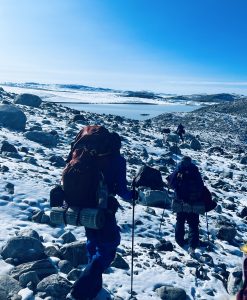
Finally, we made it to the site of Nansen’s last camp on his crossing of Greenland. It was supposed to be a momentous occasion, but in reality, it was getting late, we’d had one heck of a day and with the Fjord silted up, we discovered that we now had a 7-hour hike to reach a new pick up point. Again, this was not easy terrain and we got as far as we could before nightfall. We woke again at 4am so that we would make it to the boat which was due to pick us up at 11am. We’d already had to rearrange our flights home and with food rations really reaching their limit, we were all ready for some comfort and a good meal.
We had been blessed with good weather for the whole of the hike out, and the views of the fjord that morning as we approached the end-point did not disappoint. This was a picture-perfect ending to an incredible expedition. I knew that it was going to take some time to process what I had achieved, but I was already affected by such an experience. I smiled to myself as I felt the confidence going forward, knowing I was more prepared to take on the largest ice sheet of them all, Antarctica.
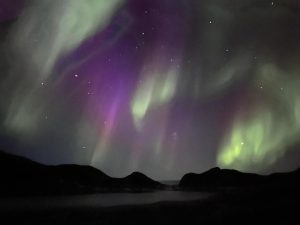
Oh, on a final note for anyone wondering, the only time I saw a polar bear was on my nightshifts keeping watch. Well, at the time I thought they were polar bears. They usually turned out to be a rock or some other figment of my imagination, but the feeling of fear and panic was very real for those long moments that my eyes deceived me. It’s nice to now be home and no longer sleeping with a rifle next to the sleeping bag!
Follow more of Cat’s journey and her Solo South Pole Expedition – https://www.instagram.com/themolarexplorer/
Follow more of E3coach community – https://www.instagram.com/e3coach/
For Adventure and Endurance tips and advice visit – https://www.youtube.com/channel/UCCPjOk5Ge7td3UW2ZCMNPMQ
Follow Head Coach Jon Fearne – https://www.instagram.com/jon_endurance_coach/

